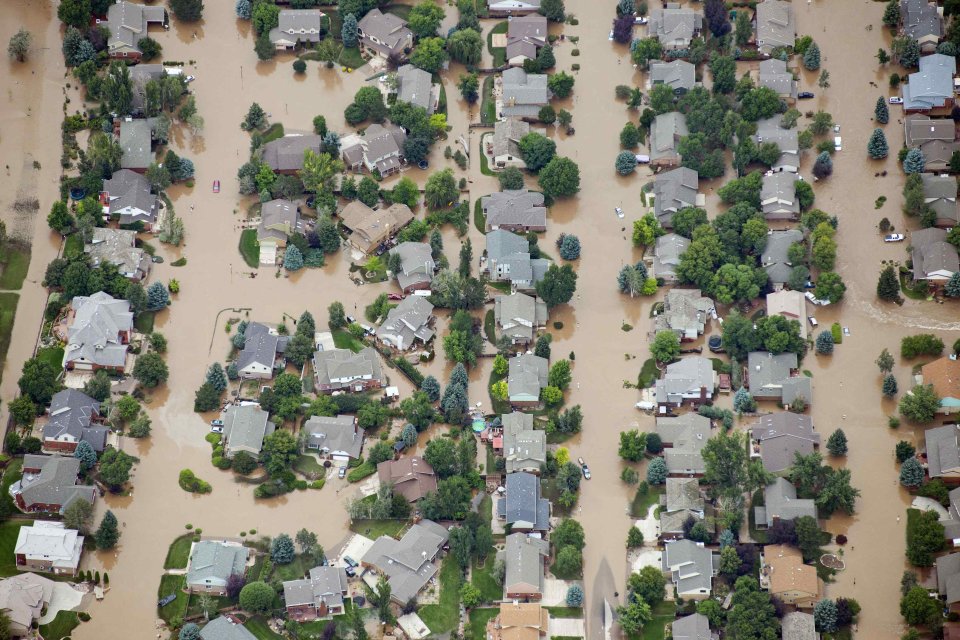All time rainfall records were broken earlier this month. Over the course of almost five whole days, parts of Colorado saw nothing but rain. A record 14.62 inches of precipitation had fallen on the town of Boulder, Colorado. Including an astonishing 9.08 inches of rainfall in a single day. Looking back at the records in the Western Regional Climate Center the recent record was only about half of that. The amount of rainfall in that slotted time was just overwhelming and the flash flood broke out. (Jon Erdman). There was major damage in a dozen towns and reasonable damage over multiple counties. Even though the death toll is floating at seven, thousands are still unaccounted for.
Many people are concerned about their loved ones, neighbors, or even that guy that you can never remember his name. With almost one hundred rescue teams from multiple states on the look out, the question arises that “Could we have seen this coming?” With all this new technology evolving right before our eyes we should have some system to predict if a disaster is just waiting to come. These things are looked past so much, sometimes we don’t even realize how terrible these disasters truly are. We, as a nation, better be taking note of how recent flash floods started and with that in mind have someone working on looking out for possible flood alerts. Looking into the future, not only flash floods, but also other natural catastrophes have to be predicted so we aren’t losing any lives anymore. With some killed and even more missing many across the United States are mourning the losses of the depressed families in Colorado. Almost as disencouraging to think about is knowing people would rather work to develop the next generation of phones, to entertain people, than working on a way to save hundreds maybe thousands of lives.
~Tyler

